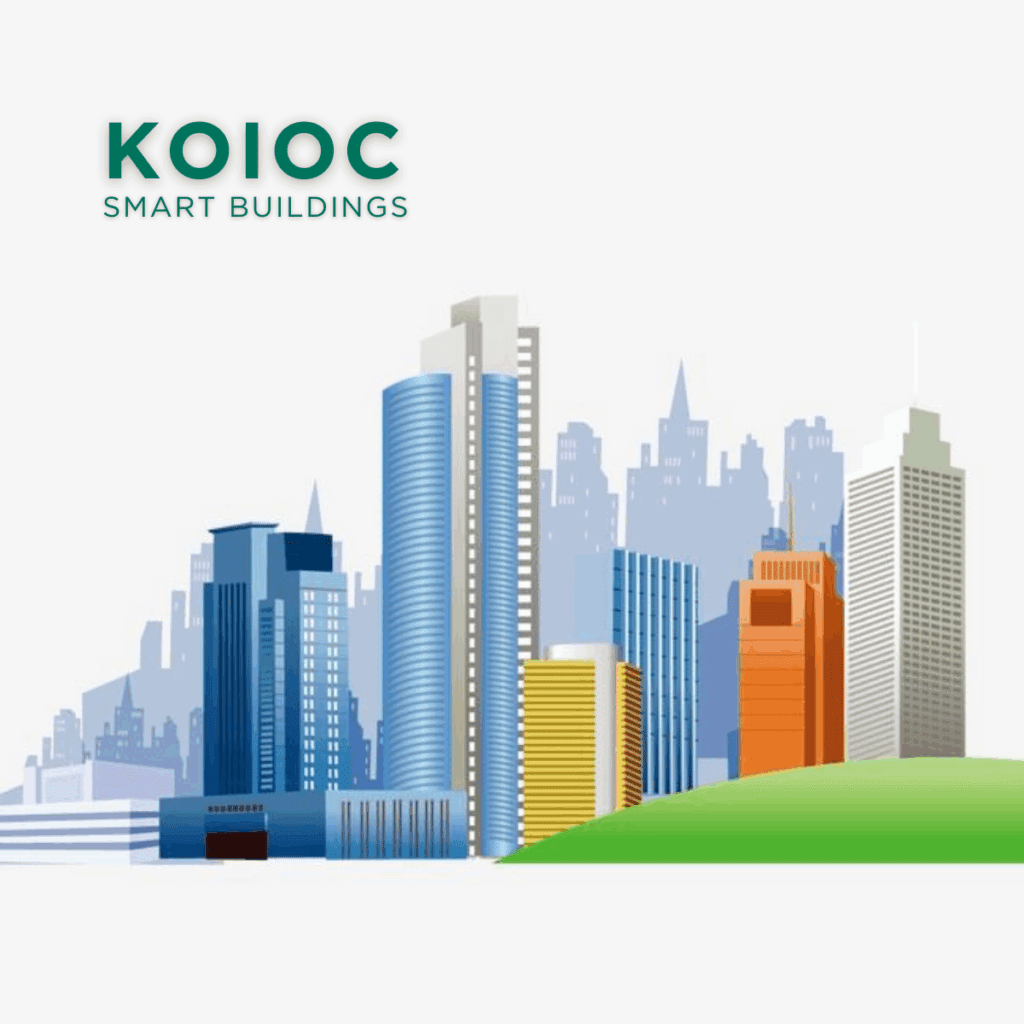Unlocking HVAC Efficiency with AI-Driven Data Analytics: Real-Time Insights & Predictive Service
Introduction
Modern buildings are becoming smarter every day, with sensors and automation systems tracking everything from energy use to equipment performance. But when it comes to fault detection and diagnostics (FDD), there’s one persistent challenge: data scarcity.
Unlike energy usage data, which is continuous, faults are rare events. A boiler may only short cycle a handful of times per year, or a chilled water valve may fail once in its lifetime. For artificial intelligence (AI) models that require large volumes of labeled data, this scarcity becomes a bottleneck.
This is where transfer learning steps in. By reusing knowledge from one system or dataset and applying it to another, transfer learning offers a powerful way to boost accuracy, shorten training time, and detect faults even when data is limited.
The Data Challenge in Building Fault Detection
Traditional machine learning approaches demand large, labeled datasets. But in real-world buildings:
- Equipment faults like stuck dampers, sensor drifts, or pump failures are relatively rare.
- Seasonal equipment, such as chillers, only operates for part of the year.
- Labeling fault data is time-intensive and costly, requiring engineers to manually tag events.
As a result, AI models trained from scratch often underperform when deployed in buildings with limited fault history. Facility managers are left waiting months—or even years—for the system to “learn enough” to be reliable.
What is Transfer Learning?
At its core, transfer learning is about reusing knowledge. Instead of training a model from zero, you start with a model that has already learned patterns from a broader dataset and fine-tune it to a new, smaller dataset.
Think of it like language learning: if you already know Italian, learning Spanish is faster because many words, rules, and sentence structures overlap.
In building systems, the “Italian” might be HVAC data from one office tower, while the “Spanish” could be a hospital’s HVAC system. By leveraging similarities—temperature profiles, equipment behavior, load patterns—the AI model adapts quickly without needing thousands of new fault samples.
Applications in Building Fault Detection
1. Cross-Building Learning
Transfer learning enables models to learn from patterns across multiple buildings. A cooling tower vibration fault detected in one facility can inform the model to recognize similar signals in another, even if the second building hasn’t experienced that fault yet.
2. Few-Shot Learning
In many cases, only a handful of labeled fault examples exist. With transfer learning, even 10 labeled instances of a stuck VAV damper can be enough to train a robust detector. This drastically lowers the barrier to deploying AI-based fault detection.
3. Sensor-Level Insights
Models trained on generic HVAC time-series data can be adapted to handle building-specific quirks such as sensor noise, unusual schedules, or atypical operating conditions. This customization ensures the model remains accurate without needing vast retraining.
Benefits for Facility Managers & Building Owners
- Faster deployment – Transfer learning reduces the wait for models to “collect enough data” and accelerates ROI.
- Higher accuracy – Models generalize better when trained on diverse, cross-building data sources.
- Lower costs – Cuts down the need for expensive manual fault labeling and site-specific retraining.
- Portfolio scalability – Once tuned, models can be rolled out across multiple sites with minimal additional effort.
Challenges & Considerations
While transfer learning is promising, there are some caveats:
- Data privacy – Sharing cross-building datasets must be anonymized and secure.
- Domain mismatch – A hospital’s air handling system may not map perfectly to a retail store’s; careful adaptation is needed.
- Model explainability – Facility teams must understand why a fault is flagged. Any AI models can erode trust if not supported with clear reasoning.
Future Outlook
Transfer learning is still in its early stages in the building automation world, but the potential is huge:
- Digital twins + transfer learning – Combining physics-based simulations with AI could accelerate training and improve accuracy.
- Cloud-based learning platforms – Anonymized, aggregated building data will enable AI models that continuously improve across global portfolios.
- Seamless BAS integration – As tools like SkySpark, Niagara, and custom FDD platforms evolve, transfer learning models will be embedded directly into dashboards and alerts.

